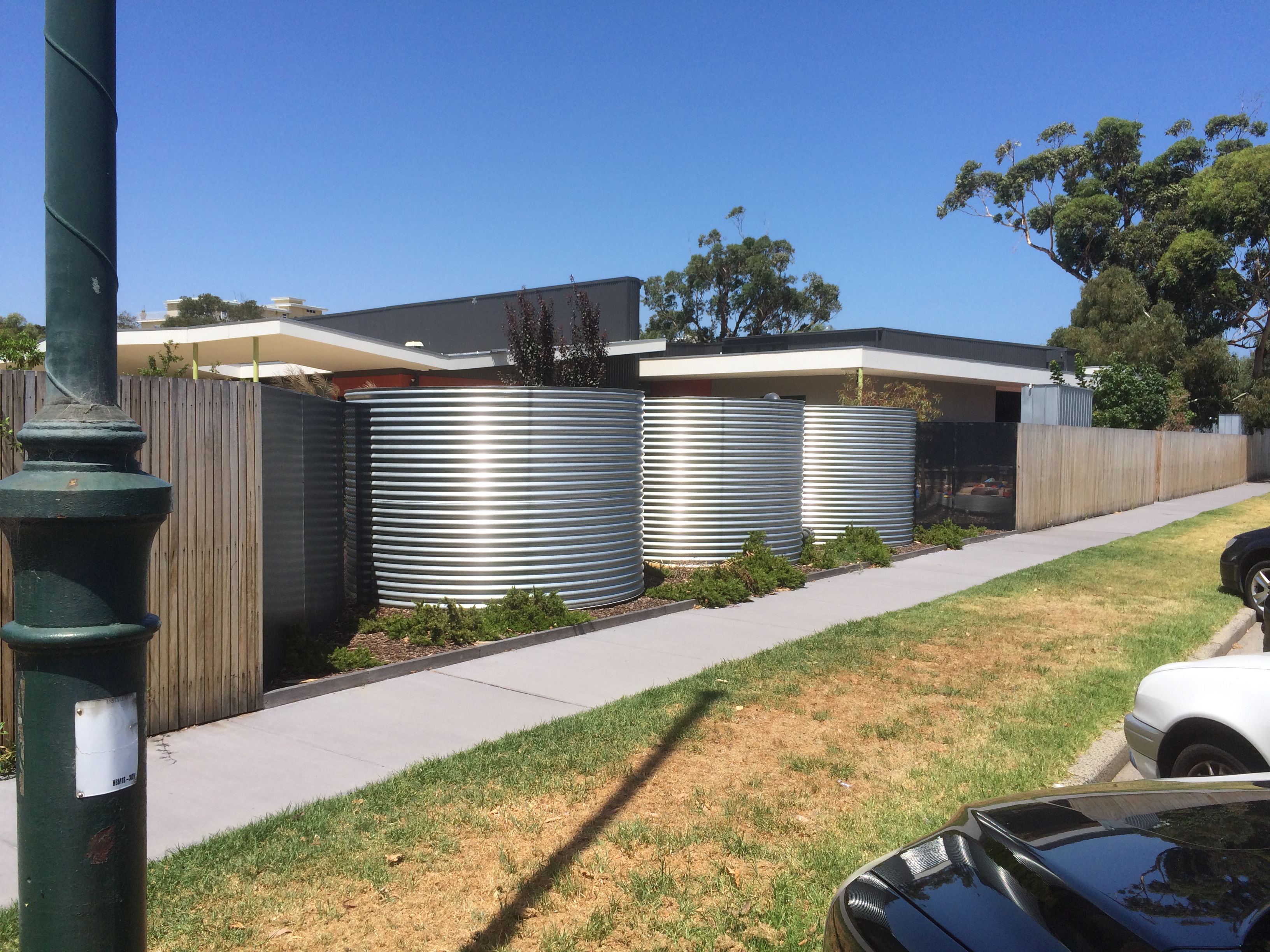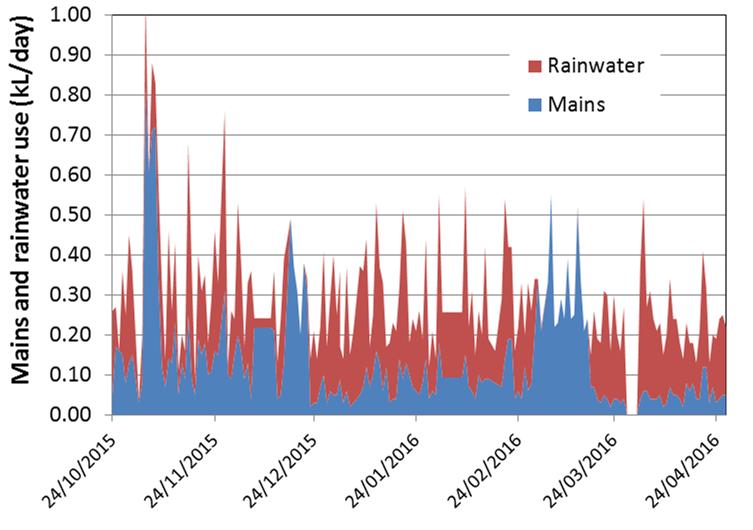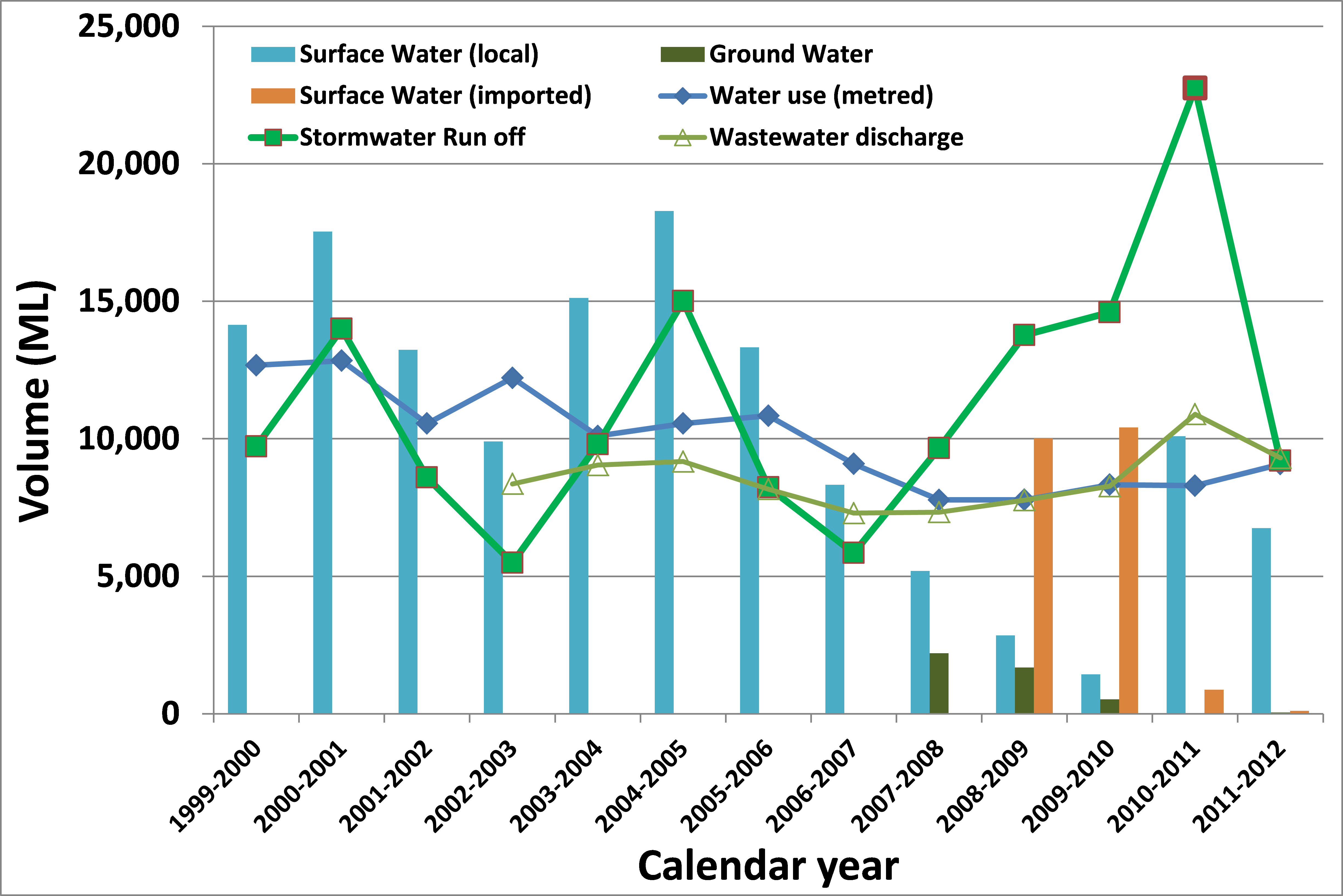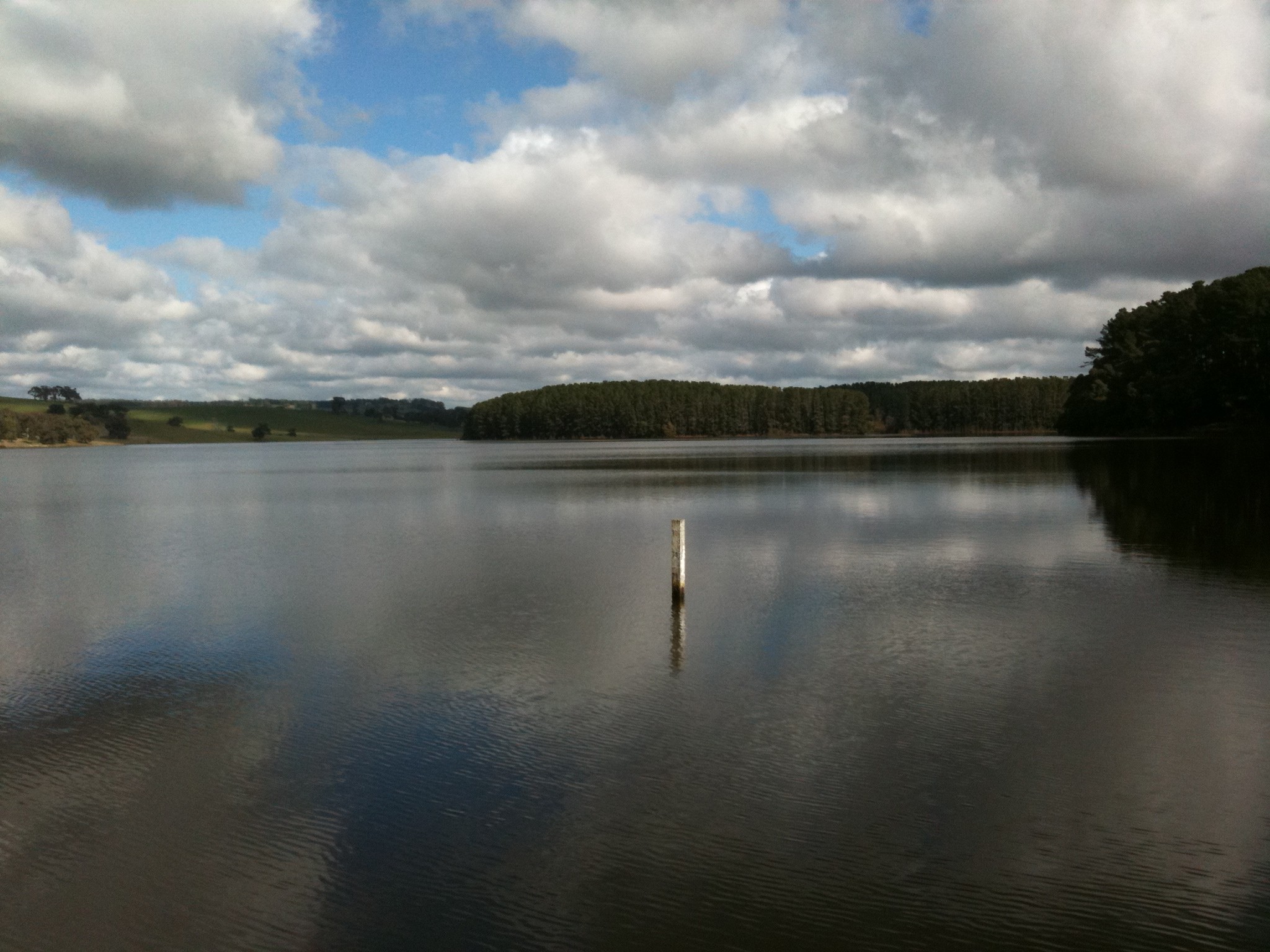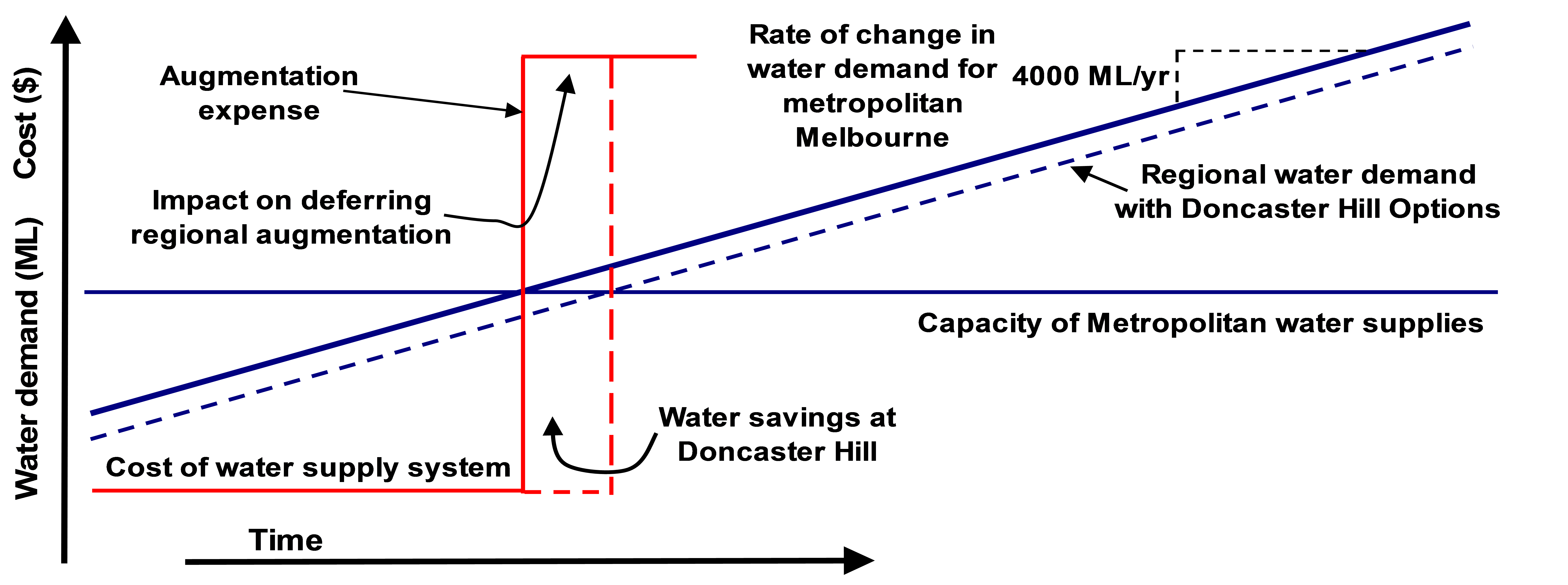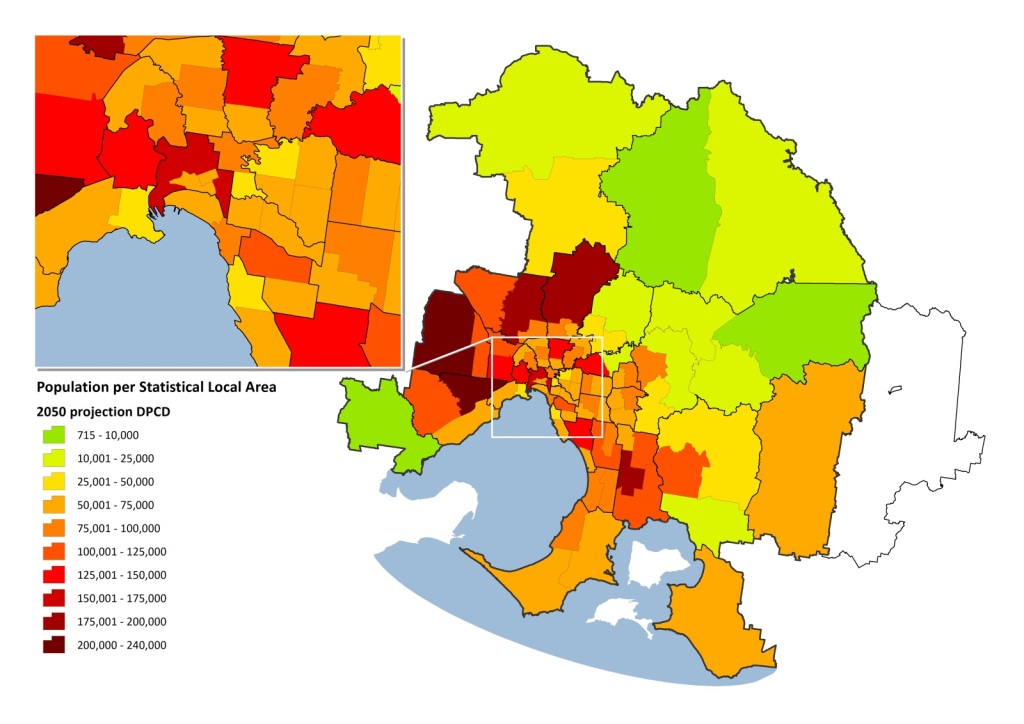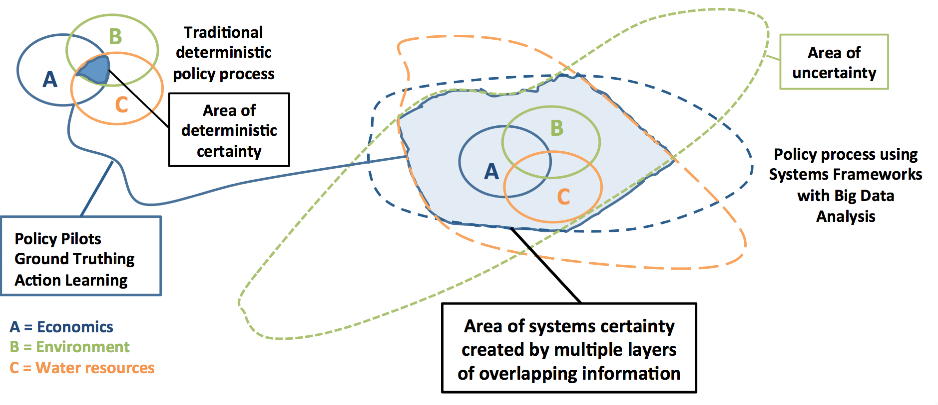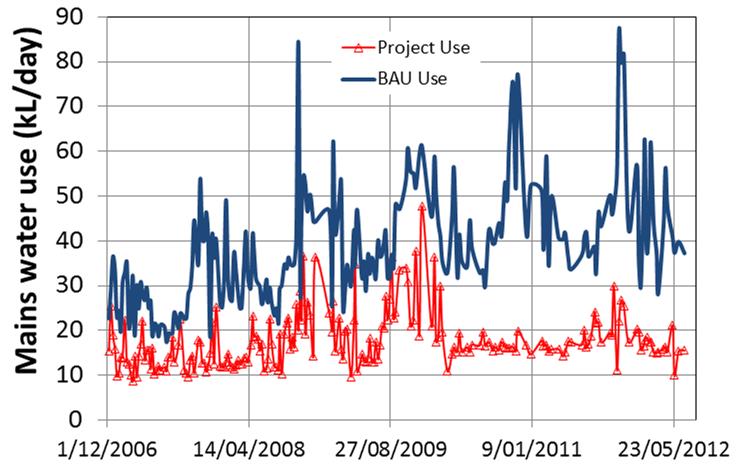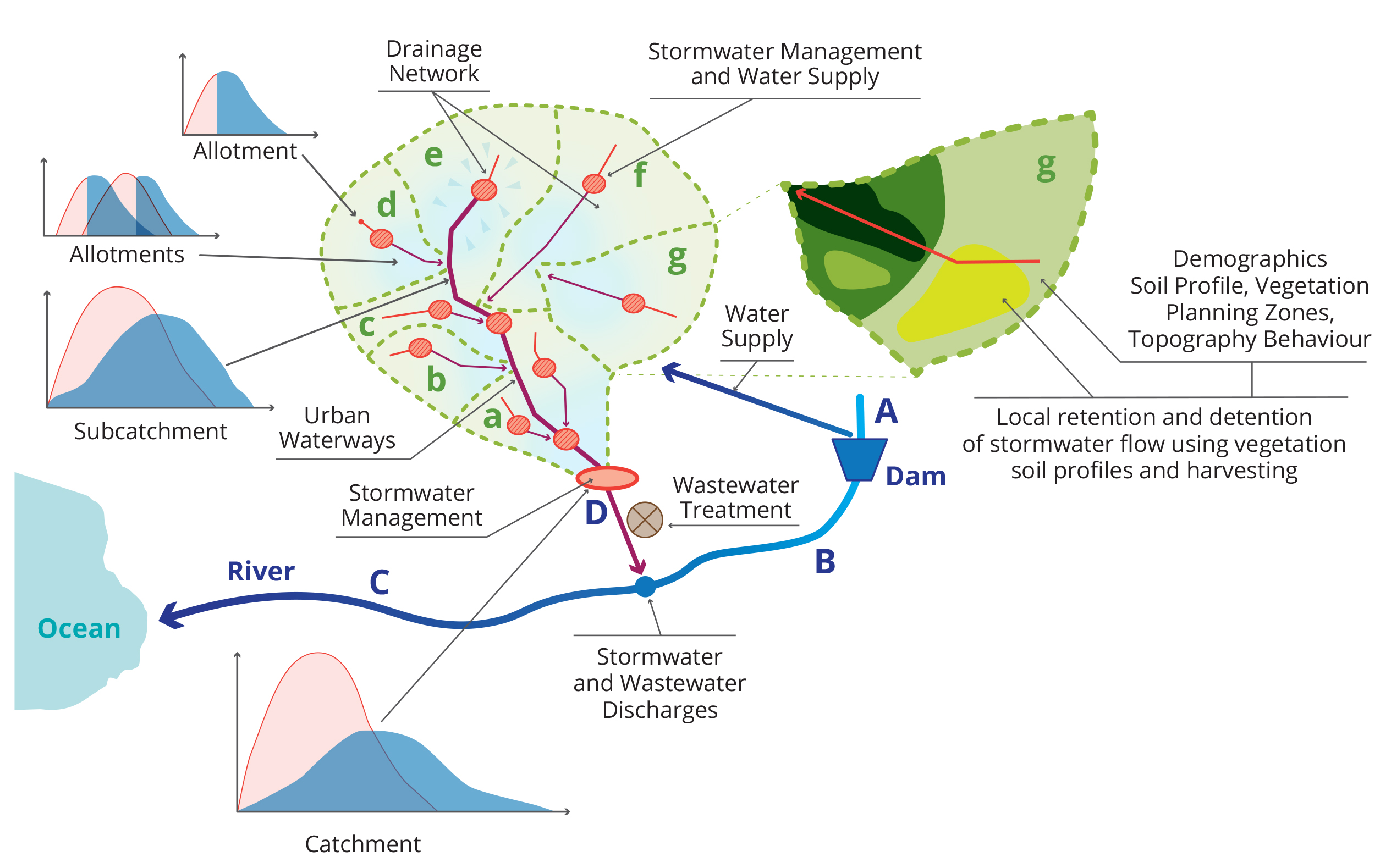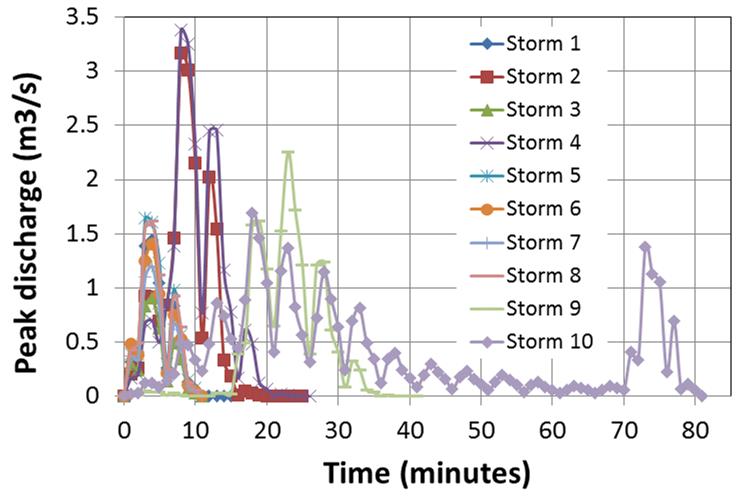Michael Smit and Professor PJ Coombes: An important debate in this country is about the health of people using rainwater, however much of the commentary is research funded by water utilities which has a centralised water distribution perspective quite different to how rainwater harvesting works. One of the recent rebuttal papers by PJ Coombes has just been published and we thought we should discuss some of the issues and assumptions, as much to demonstrate there is a difference of opinion. A presentation at the RHAA seminar in Sydney about widespread use of rainwater and the absence of health epidemics is compelling. Australia has a substantial real world case study with over 2.3 million Australians relying on rainwater for drinking water and more than 6.3 million people using rainwater for some household use. In spite of claims of widespread health concerns, there are no health epidemics or widespread notifications of lead contamination by chief medical officers.
Uncategorized
Sustainable Households, Systems Insights, Real Data
Prof. PJ Coombes and Michael Smit. Manage Water and Energy in your House using systems theory and real data. We were having a bit of a grizzle recently, trying to work out when opinions became more important than facts in this country, and of all things we started to talk about water pumps for rainwater tanks. One quite obvious point that most people grasp is that when you use a pump for rainwater the energy use in the house increases. Obviously if you did not have a pump, and then you get one, and you run the pump, you will use more energy right? This logic is completely sound until you measure it. We measured energy consumed at one of our houses with a rainwater pump and found a 12% decrease in energy consumption from 15 kWh/day to 13 kWh/day. Then we fixed leaking appliances and energy use reduced to 10 kWh/day.
Systems Analysis of Ballarat Region: Water Grid?
Systems analysis of the Ballarat and connected regions: A first ever systems analysis of the Ballarat region provides a reality check on assumptions underpinning proposed water grids for the state of Victoria. Essentially, it is proposed that a water grid supplies the towns in the Ballarat region by transfer of water from dryer irrigation areas and the water stressed Murray Darling River Basin. Detailed systems analysis of hydrology, water resources, irrigation and urban behaviors across multiple linked water districts provides a wealth of cautionary information about the need for systems analysis to truly understand linked water systems.
Household Expenditure, Utility Costs, Desalination
Prof. PJ Coombes and Michael Smit. “Water bills to rise as desal plant gets the go-ahead to start making water for the first time”. This heading caught our eye from our respective desks, so we called up and had a yarn, and some questions came up for us. We make a living from these kinds of questions but some of the answers were a little startling. Desalination is one of the many tools for provision of water security in Australia. However the important question is whether or not it is the best solution. NSW has 10 years of data showing that something is very different in that State compared to the rest of Australia and Melbourne, and one consistent feature affecting water management across the whole state is the BASIX program. Australia is considering a second round of desalination plants. We may be able to provide water security without another 93% increase in household water expenditure by combining different types of technology. Centralised infrastructure solutions could be combined with supplementary decentralised solutions like water efficient appliances and rainwater harvesting in the BASIX program. These combined approaches may mitigate growth in household expenditure and water utility operating costs.
Systems Analysis Options for a High Density Urban Precinct
This paper provides an overview of decision making processes for a high density urban area that was underpinned by systems analysis. The systems methods revealed the trade-off available from the combined water and urban planning cycles from the perspective of each stakeholder and for whole of society.
Development of Policies for Water Cycle Reform
This paper provides a narrative about development of systems analysis to support change programs, new policies, different governance arrangements and alternative solutions for a water monopoly and a state government. The often hidden transactions of a range of actors in the process are described to understand the key drivers that impact on alternative water strategies and policies.
Systems Framework for Analysis of Policy and Strategy Update
Systems Framework for analysis of policy and strategy by Peter J Coombes and Michael E Barry. Acknowledged by Engineers Australia as one of the best scientific contributions to hydrology and water resources during 2014/15. The Systems Framework is discussed in many publications focused on describing projects or policies. This presentation provides an overview of the Systems Framework methodologies for analysis of policy, strategy and design developed over the last decade. The framework integrates water cycle, environmental and economic processes from the “bottom up” using all available data and integrating spatial and temporal scales of behaviour. Advances in computing power allowed this quantum process to be underpinned by continuous simulation of local behaviours and Monte Carlo methods. This expansionist approach to analysis reveals hidden challenges and opportunities for urban areas. The Systems Framework can be reliably and robustly applied to detailed and targeted ‘what if’ analyses, including assessments of future water security and economics under a range of climatic and population growth scenarios, and future alternative strategies or policies.
Decade of performance of local water cycle management
A Decade of Observations of Local Water Cycle Management at the Buderim Escape Project. Presentation at 1:10 pm on Wednesday 9 December 2015 at HWRS2015 in Hobart. Peter Coombes and Greg Downes. Buderim Escape was designed to minimise impacts on surrounding environments and water resources by utilising rainwater harvesting, water efficient appliances, stormwater retention, vegetation and onsite treatment and reuse of wastewater. The project provides diminished impacts on regional water resources and distribution infrastructure by reducing average and peak demands for mains water by 61% and 68%, respectively. Similarly, the project mitigates impacts on waterways by reducing the volumes (21%) and peak discharges (11%) of stormwater runoff. Importantly, the design of the project avoided construction of infrastructure in the surrounding forests and ephemeral waterways, thereby minimising disturbance of natural assets.
Transitioning from Drainage to Water Cycle Management
Transitioning from drainage to urban water cycle management. Presentation at HWRS2015 in Hobart at 4:20 pm on Tuesday 8 December 2015 by Peter Coombes. There is a need to expand the stormwater elements of Australian Rainfall and Runoff to accommodate contemporary and integrated approaches to urban water cycle management, starting with integration of land and water planning across time horizons and spatial scales.
Evolving Urban Form, Flooding, Rational Method
Is the Science and Data underpinning the Rational Method Robust for use in Evolving Urban Catchments? Presentation at HWRS2015 in Hobart at 3:40 pm on Wednesday 9 December 2015. Peter Coombes, Mark Babister and Tony McAlister. This presentation is concerned with the use of the Rational Method to estimate peak stormwater runoff rates for the design of drainage infrastructure in contemporary urban catchments. The Rational Method is widely utilised around the world and is simple to implement, however peak flow predictions do not explicitly represent the complex nature of the ‘real’ processes occurring within a catchment. This concern is particularly relevant to modern stormwater management methods, such as Water Sensitive Urban Design (WSUD), that include integrated solutions involving retention, slow drainage, harvesting and reuse of stormwater.

